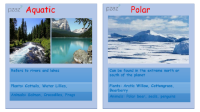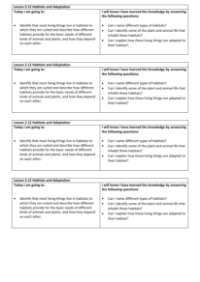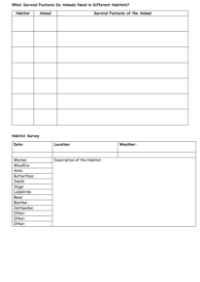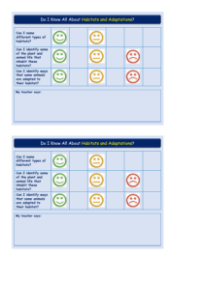Habitats and Adaption - Lesson Plan
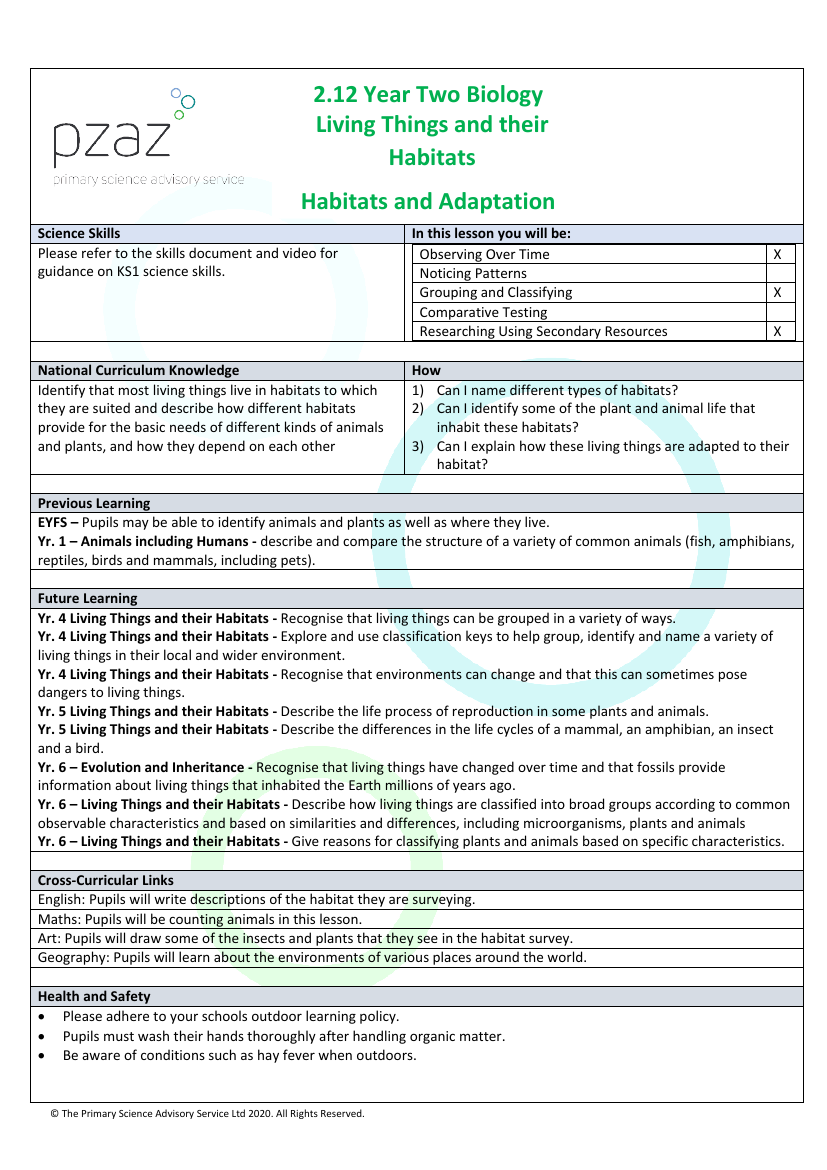
Science Resource Description
In a comprehensive Year Two Biology lesson, students delve into the intricacies of habitats and adaptations, as outlined by The Primary Science Advisory Service Ltd. The lesson aims to equip students with key scientific skills such as observing over time, grouping and classifying, and researching using secondary resources. The National Curriculum objectives are to understand that living things inhabit environments that cater to their needs and that these organisms rely on each other for survival. Students will explore various habitat types, recognize the flora and fauna that reside within them, and explain how these organisms are adapted to their surroundings. This lesson builds on earlier learning from Early Years Foundation Stage (EYFS) and Year 1, where students identified animals, plants, and their living environments, and prepares them for future learning in Year 4 and Year 5, which includes grouping living things and understanding life cycles, leading up to Year 6 topics on evolution, inheritance, and classification.
The lesson also addresses common misconceptions, such as the belief that camel humps store water or that 'survival of the fittest' refers to the strongest animals, by correcting these with factual information. Students engage in activities that include sorting habitat cards, discussing the requirements for life, and creating microhabitats, all while being guided by questions that provoke critical thinking about animal and plant adaptations. Cross-curricular links are made with English, Maths, Art, and Geography, and health and safety considerations are highlighted to ensure a secure learning environment. The lesson culminates with a plenary session where students reflect on their learning by naming different habitats, identifying plants and animals within those habitats, and describing their adaptations. This structured approach not only educates students about the natural world but also enhances their observational and analytical skills.



